Ancho Chilli Peppers: Spicy Secrets, Savory Uses, and Smoky Surprises!
Ever bitten into a pepper that tasted like a campfire wrapped in chocolate and kissed by cinnamon? No, you're not hallucinating—you’re probably eating an ancho chilli pepper. These dried poblano peppers are the unsung heroes of Mexican cuisine and the spice rack staples for chili lovers around the world. In this article, we'll take a deep dive into everything you need to know about ancho chillies—from their flavor profile to how they compare to other chilies, how to cook with them, and even where to buy the best ones.
Table of Contents
- What Exactly Are Ancho Chilli Peppers?
- Flavor Profile: Sweet, Smoky, and Oh-So-Smooth
- Spice Level: How Hot Are Anchos?
- Fresh vs Dried: Poblano vs Ancho
- How to Use Ancho Chilli Peppers in Your Kitchen
- Top 5 Cooking Tips for Using Ancho Chillis
- Ancho Chilli Substitutes: What to Use When You’re Out
- Buying Guide: Choosing the Best Ancho Chilli Peppers
- Final Thoughts on Ancho Chillis
What Exactly Are Ancho Chilli Peppers?
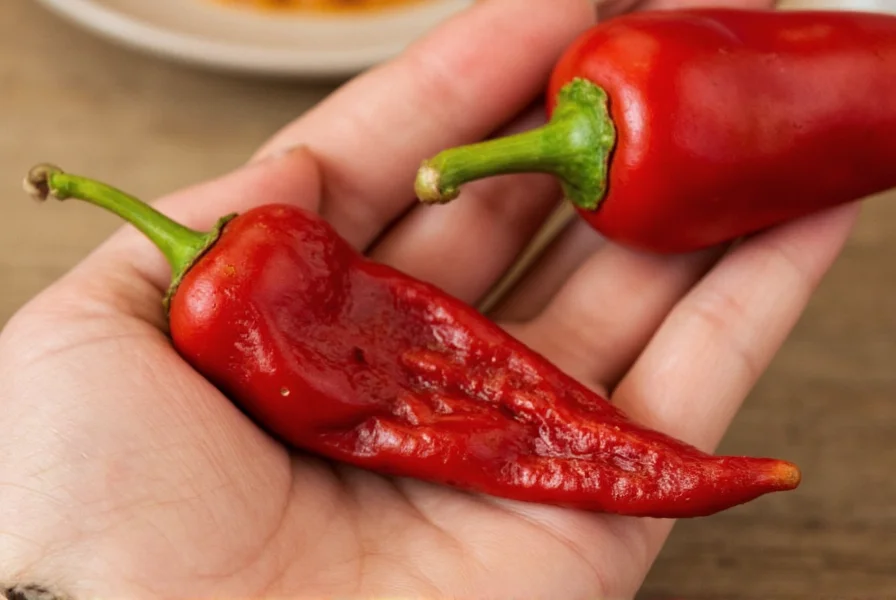
The ancho chilli pepper is simply a dried version of the fresh poblano pepper. Once harvested, the dark green poblanos are left to ripen further until they turn deep red before being sun-dried or oven-dried. The result? A wrinkled, dark red to almost black pepper that’s soft to the touch but packed with rich, earthy flavors.
Unlike some of its fiery cousins, the ancho chilli brings more depth than heat, making it ideal for sauces, stews, and mole blends. But don’t be fooled—it still has enough kick to keep things interesting.
Flavor Profile: Sweet, Smoky, and Oh-So-Smooth
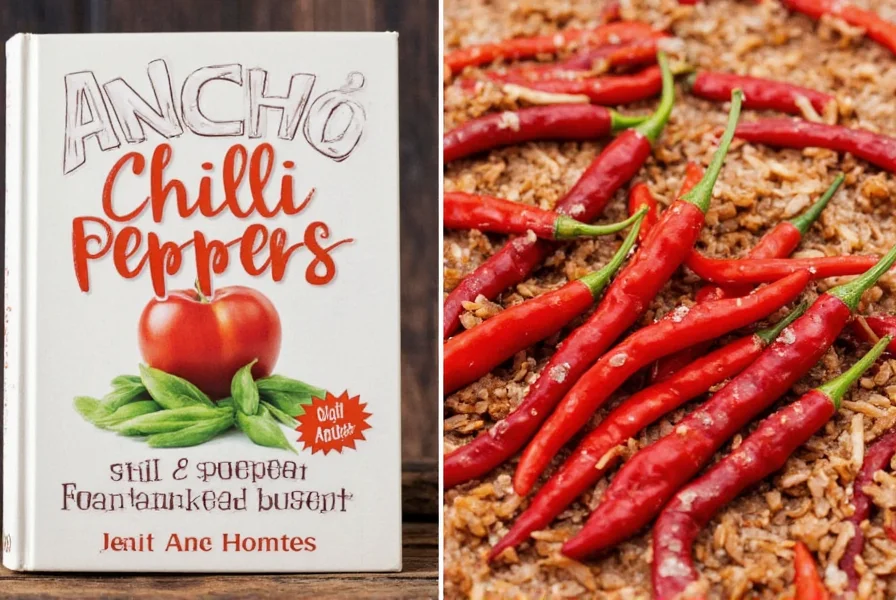
If flavor had a personality, the ancho chilli would be the smooth-talking, smoky jazz musician of your spice drawer. Here’s what makes it so special:
- Sweetness: Mildly sweet undertones reminiscent of raisins or prunes
- Smokiness: Natural drying process imparts a gentle, woody smokiness
- Earthy Notes: Deep, soil-like richness
- Fruity Hints: Subtle berry and plum notes when rehydrated
- Chocolate & Cinnamon: Common descriptors in traditional mole sauces
Spice Level: How Hot Are Anchos?
| Pepper | Scoville Heat Units (SHU) | Heat Description |
|---|---|---|
| Ancho Chilli | 1,000 – 2,000 SHU | Mild to Medium |
| Jalapeño | 2,500 – 8,000 SHU | Medium |
| Pasilla | 1,000 – 2,500 SHU | Mild to Medium |
| Guajillo | 2,500 – 5,000 SHU | Medium |
Ancho chillis are relatively mild compared to many other chilies. On the Scoville scale, they clock in between 1,000–2,000 units, which means they're mellow enough for most palates but still pack a flavorful punch. The heat tends to concentrate in the seeds and veins, so if you want to dial it down, remove those parts before use.
Fresh vs Dried: Poblano vs Ancho
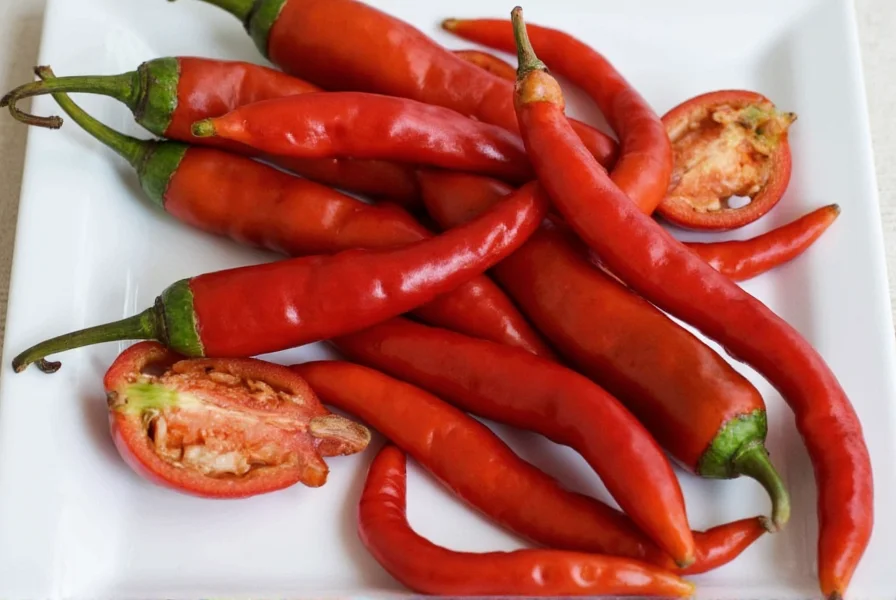
| Attribute | Poblano Pepper (Fresh) | Ancho Pepper (Dried) |
|---|---|---|
| Color | Dark Green | Deep Red to Black |
| Texture | Crisp and Moist | Wrinkled and Dry |
| Flavor | Grassy, Slightly Bitter | Smoky, Sweet, Fruity |
| Use Case | Rellenos, Salsas, Stuffed Dishes | Sauces, Mole, Soups |
| Shelf Life | Short (3–5 days refrigerated) | Long (6+ months stored properly) |
How to Use Ancho Chilli Peppers in Your Kitchen
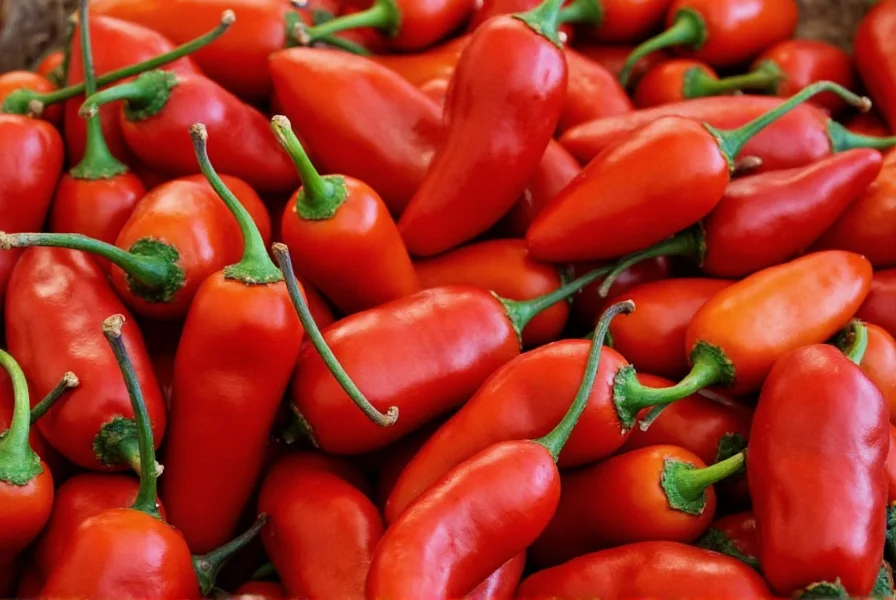
Using ancho chillis might feel intimidating at first, but once you get the hang of it, they become a staple in your culinary repertoire. Here's how to bring out the best in these flavorful peppers:
- Rehydrate Before Use: Soak in hot water for 20–30 minutes until softened.
- Remove Seeds and Veins: For a milder flavor, discard these heat-packed parts.
- Blend into Sauces: After soaking, blend with garlic, tomatoes, spices, and a bit of liquid to create a rich base for enchiladas, tacos, or stews.
- Toast First (Optional): Lightly toast over a flame or in a dry skillet to deepen flavor—just watch closely to avoid burning.
- Add to Ground Form: Ancho powder adds depth to rubs, marinades, soups, and even desserts like spiced chocolate cakes.
Top 5 Cooking Tips for Using Ancho Chillis
- Tip #1: Don't Skip Rehydration — Unless you're grinding them, always soak anchovies to unlock their full flavor potential.
- Tip #2: Blend with Complimentary Flavors — Add roasted garlic, cumin, orange zest, or cinnamon to elevate your sauce game.
- Tip #3: Toast With Care — A quick char enhances flavor, but too much time and your dish will taste bitter.
- Tip #4: Freeze Whole Anchovies — They store well in the freezer for up to a year. Just thaw and soak before using.
- Tip #5: Make Ahead & Store — Prepare a big batch of ancho sauce and freeze in portions for easy meal prep.
Ancho Chilli Substitutes: What to Use When You’re Out
| Substitute | Flavor Match | Heat Level | Best Used In |
|---|---|---|---|
| Guajillo Pepper | Close match | Higher heat | Sauces, tamales |
| Pasilla Pepper | Similar earthiness | Lower heat | Mole, soups |
| Cherry Bomb Pepper | Less smoky, fruitier | Same level | Stuffed dishes |
| Chipotle Powder | More smoky, less sweet | Higher heat | Rubs, BBQ sauces |
| Paprika + Cayenne | Mildly similar | Adjustable | Stews, rice |
Buying Guide: Choosing the Best Ancho Chilli Peppers
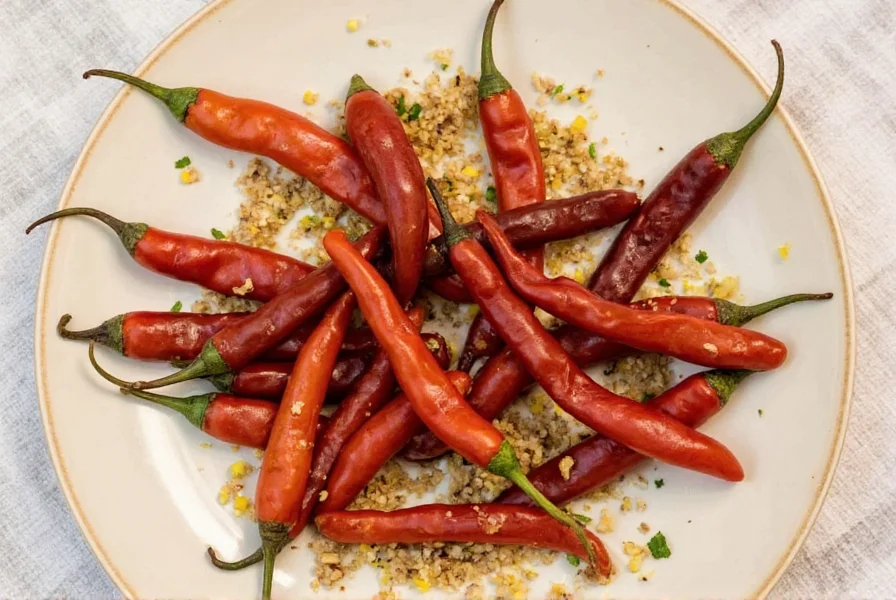
When shopping for ancho chillis, quality matters. Here's what to look for, whether you're buying in-store or online:
1. Appearance Matters
- Color: Deep reddish-brown to nearly black
- Texture: Soft and pliable (not brittle)
- Size: Larger is often better—they tend to be meatier
2. Organic vs Conventional
Organic options are grown without synthetic pesticides, making them a better choice if you're health-conscious or sensitive to additives. Look for USDA Organic certified packaging.
3. Popular Brands and Varieties
| Brand | Features | Best For | Occasions |
|---|---|---|---|
| La Costeña | Premium quality, whole dried anchos | Making sauces from scratch | Weekend cooking projects |
| Goya Foods | Budget-friendly, widely available | Everyday recipes | Quick dinners |
| La Morena | Traditional Mexican brand, natural drying | Authentic Mexican dishes | Holiday meals |
| Frontier Co-op | Organic, bulk options | Kitchen staples | Meal prep enthusiasts |
| Trader Joe’s | Inexpensive, easy access | Experimenting with new recipes | Trying before investing |
4. Storage Tips
- Store whole dried peppers in airtight containers in a cool, dark place for up to 6 months
- Freeze them for extended shelf life
- Grind into powder and store in a sealed jar away from light
Final Thoughts on Ancho Chillis
Ancho chilli peppers may not scream the loudest in your spice cabinet, but they definitely sing the richest tune. Whether you're simmering a slow-cooked stew, blending a vibrant sauce, or adding a whisper of warmth to your favorite dessert, ancho chillis offer a versatile and unforgettable flavor experience.
So next time you reach for the cayenne or habanero, give the humble ancho a chance. It just might steal the show—and your heart—with its smoky sweetness and complex charm. Now go forth and make something delicious!










 浙公网安备
33010002000092号
浙公网安备
33010002000092号 浙B2-20120091-4
浙B2-20120091-4